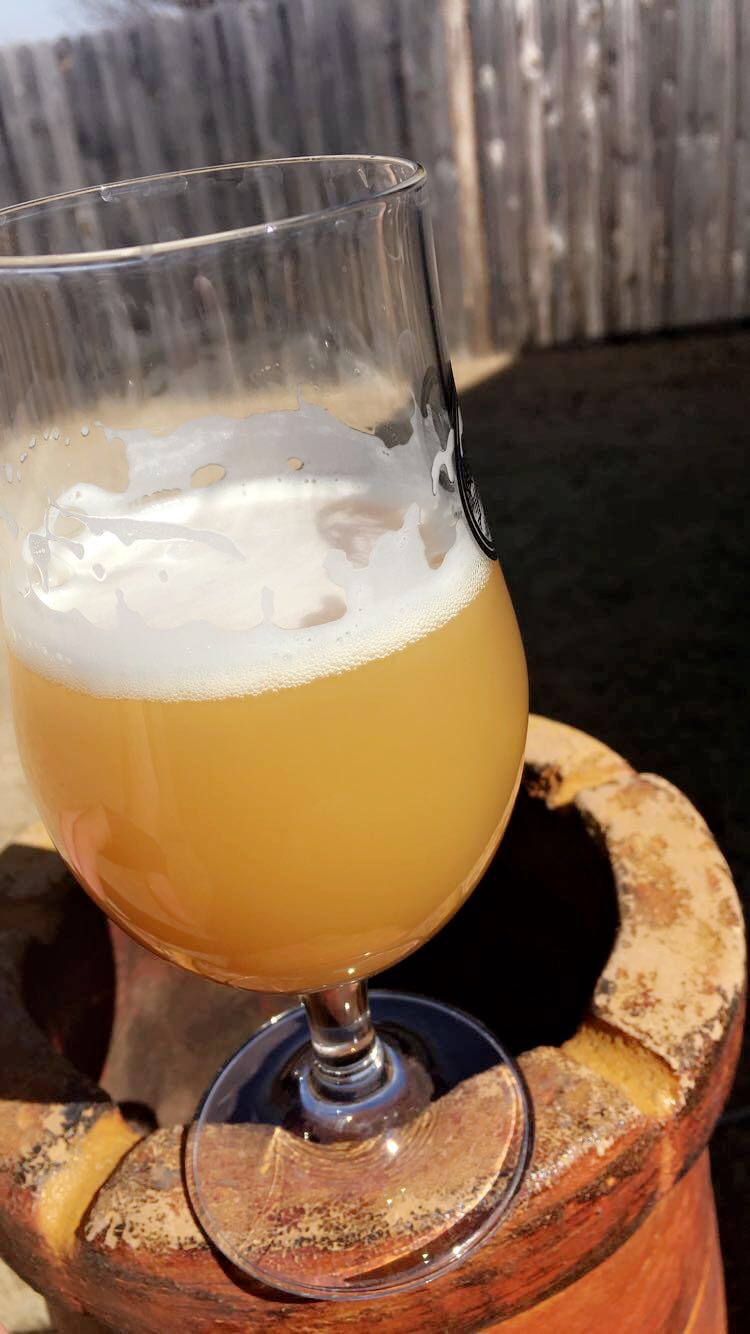jakturner
Well-Known Member

A couple side notes that might have contributed to needing a longer conditioning time.
I have never used this hop combo before, mosaic, simcoe, equinox. 1:1:1
I left town while it was fermenting and the the temp fell down to 59 degree some time in the first 3 days and it had slowed to a crawl till I warmed it back up.
One last thing, in the 30 seconds it took the take a picture of this in the sun it got a little light struck with a slight skunky aroma. Crazy. Definitely drink your NEIPAs in the shade this summer!
Last edited:




